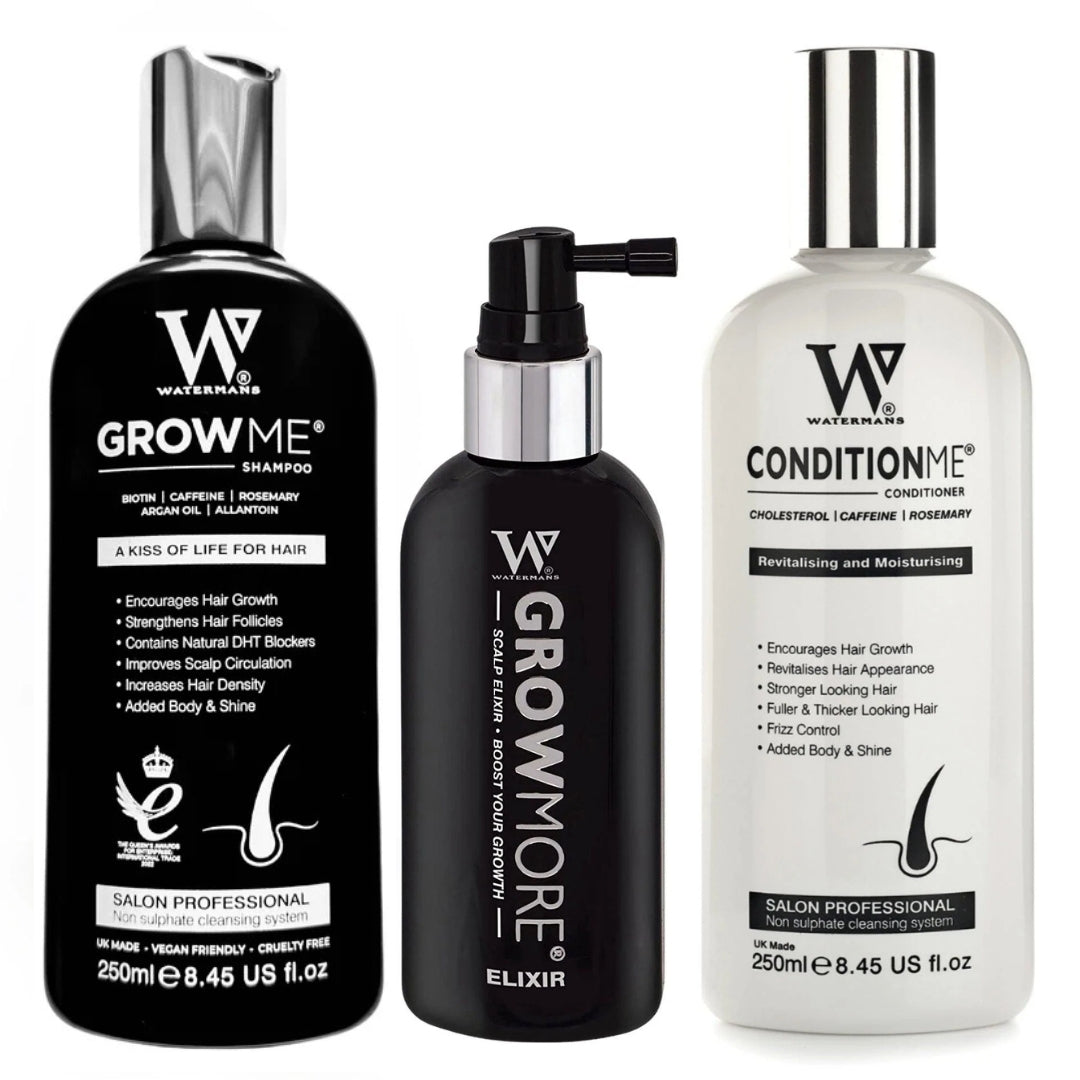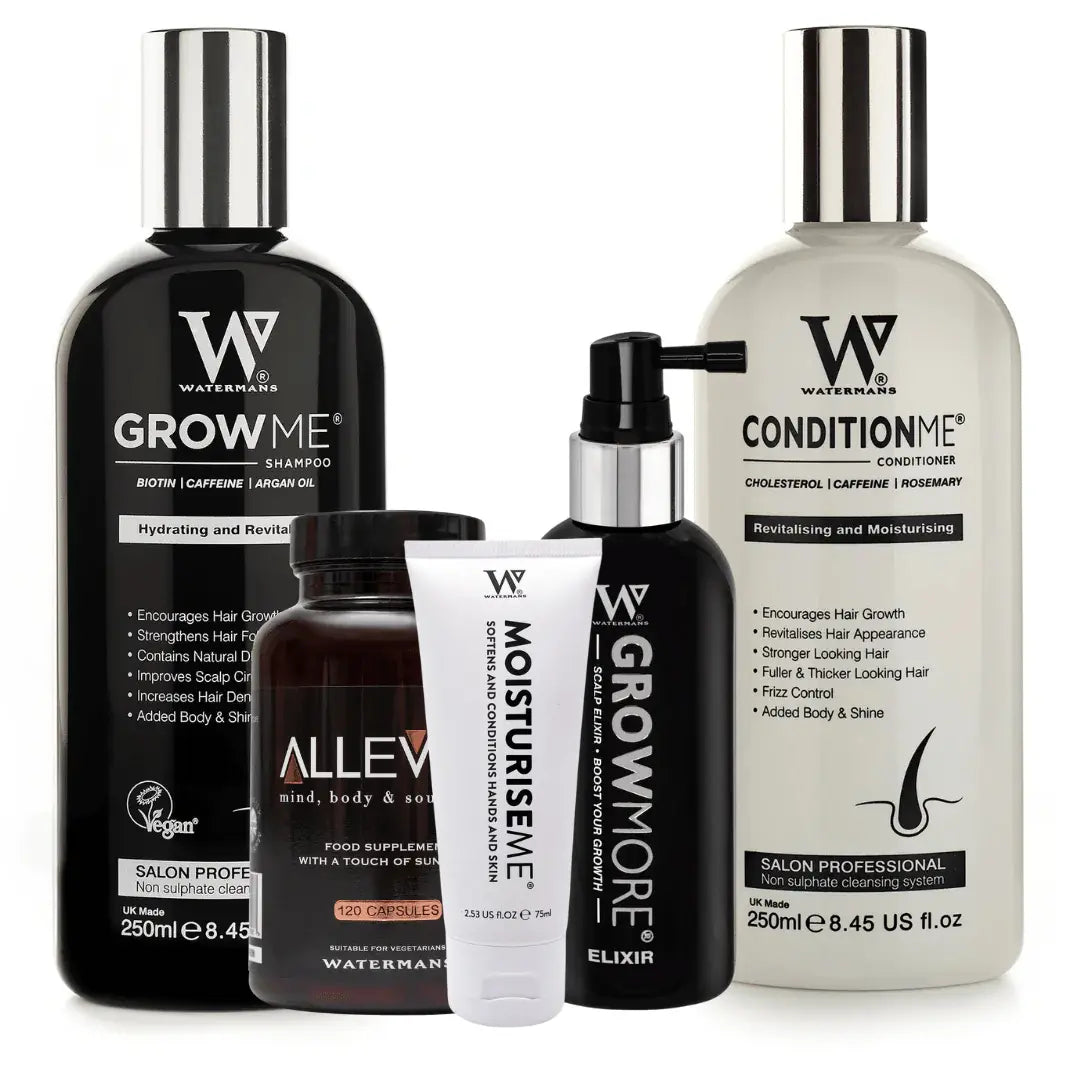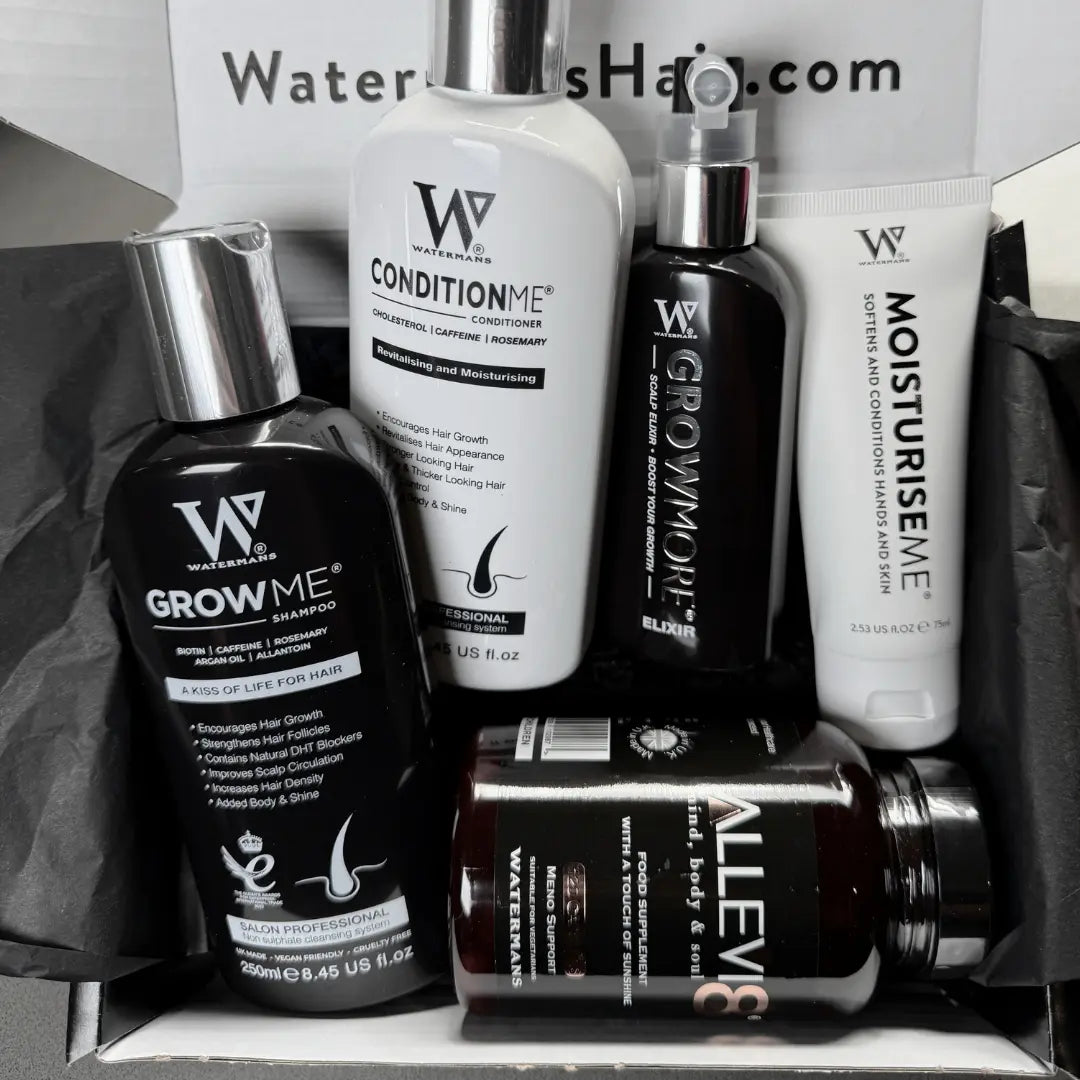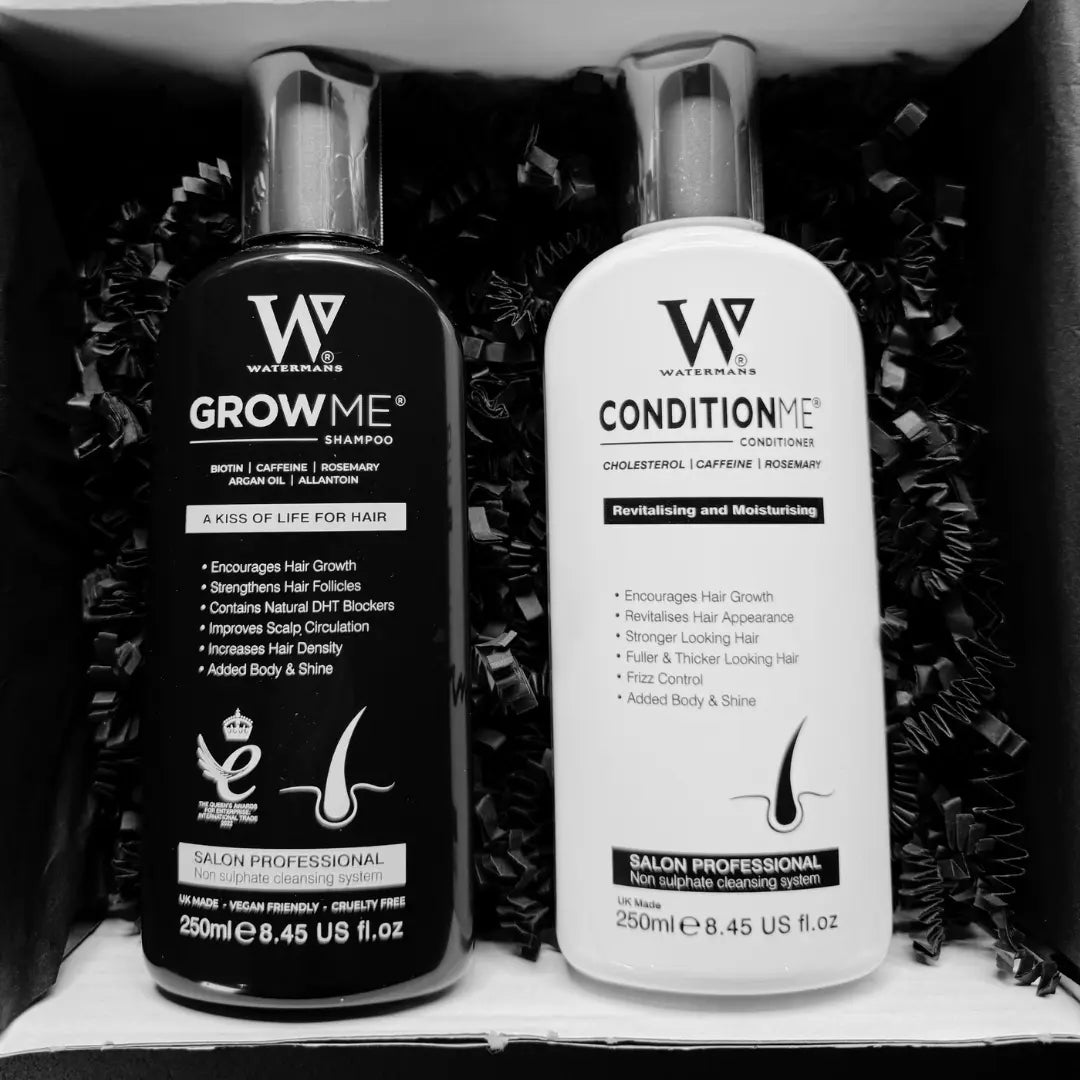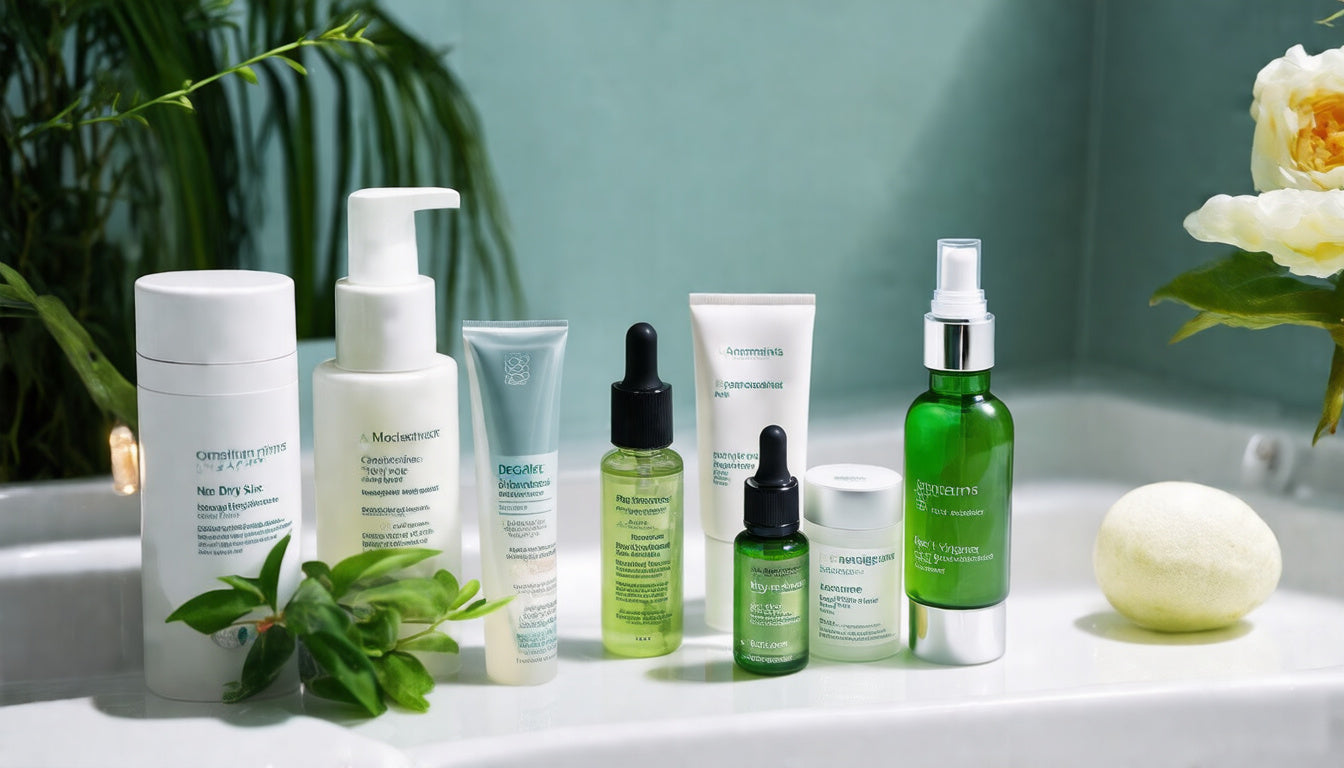
Mastering Dry Skin: A Dermatologist's Guide to an Effortless Skincare Routine and Key Pitfalls to Sidestep
Mastering Dry Skin: A Dermatologist’s Guide to an Effortless Skincare Routine and Key Pitfalls to Sidestep
Dry skin can be challenging to manage, often feeling tight, flaky, and prone to irritation. Many wonder, is just using a moisturizer enough to combat dryness? The answer is more nuanced. Understanding why your skin becomes dry and adopting the right skincare habits are crucial to maintaining a healthy, hydrated complexion. This dermatologist-backed guide breaks down the essentials of managing dry skin effectively, recommended product types, and common mistakes to avoid.
Why Does Skin Become Dry?
Dry skin results from a compromised skin barrier, which is unable to retain moisture effectively. Conditions such as atopic dermatitis and ichthyosis lead to very dry, red, itchy, and scaly skin. However, even without such conditions, dry skin can emerge due to genetic factors that reduce essential skin proteins and lipids.
When your skin lacks these components, it produces fewer natural oils and struggles to lock in moisture. Consequently, the surface dries out, and symptoms like tightness, itching, and visible fine lines appear. Importantly, dry skin tends to age faster, showing wrinkles and lines earlier compared to oily skin, underscoring the need for a thorough moisturizing routine.
Step-by-Step Skincare Routine for Dry Skin
1. Choose the Right Moisturizer
A good moisturizer is your dry skin's best friend. Look for ingredients like:
- Ceramides: Repair and restore the skin's protective barrier
- Shea butter and cocoa butter: Provide rich emollient properties
- Glycerin and hyaluronic acid: Act as humectants to draw and hold moisture
- Niacinamide: Soothes skin and supports barrier function
Ideally, your moisturizer should include a combination of emollients, humectants, and occlusives. Emollients soften and smooth the skin by filling in rough patches, humectants attract water to hydrate, and occlusives form a protective seal to lock in moisture. This trio ensures your skin stays nourished longer.
2. Apply Moisturizer on Damp Skin
Timing is crucial. The best moment to apply moisturizer is immediately after cleansing or bathing when your skin is still slightly damp. This practice traps the water on your skin’s surface before it evaporates, maximizing hydration. Avoid rubbing the skin harshly with a towel; instead, pat it gently to leave some moisture intact for your moisturizer to seal in.
3. Simplify Your Skincare Routine
Contrary to popular belief, layering multiple products isn’t necessary and can harm dry or sensitive skin due to potential irritation. Focus on a streamlined regimen consisting of:
- A gentle cleanser (preferably once daily, at night)
- A moisturizing serum or cream with barrier-repairing ingredients
- Broad-spectrum sunscreen during the day
Using fewer but effective products reduces the risk of adverse reactions while supporting the skin's healing process.
4. Use Gentle Cleansers and Makeup Removal Techniques
Dry skin needs gentle cleansing to avoid stripping natural oils. Cleansing balms are excellent for removing makeup and sunscreen without harsh rubbing. These balms transform from a solid to a silky oil upon contact with skin, effectively dissolving impurities while nourishing your skin.
For daytime cleansing, if your skin is severely dry, you might skip the cleanser and simply rinse with water to maintain skin balance.
5. Repair the Skin Barrier
Prioritize products with soothing and hydrating ingredients such as ceramides, hyaluronic acid, panthenol, niacinamide, glycerin, shea butter, and cocoa butter. These protect and repair the skin, preventingflammation and further dryness.
6. The Sandwich Technique for Actives
If you use potent ingredients like retinol, protect your skin by applying them between layers of moisturizer—moisturizer first, then retinol, and another layer of moisturizer on top. This “sandwich” technique drastically reduces irritation, making actives more tolerable for dry skin types.
7. Don’t Forget the Eye Area
Dry skin often affects the delicate skin around the eyes, which can become flaky and tight. Use a specific moisturizing eye cream to maintain hydration and prevent fine lines.
Common Pitfalls to Avoid
- Over-cleansing: Washing your face multiple times a day or using harsh cleansers can strip oils and worsen dryness.
- Skipping moisturizer: Even oily skin can become dehydrated; neglecting moisturizer accelerates dryness and aging.
- Ignoring seasonal changes: Skin tends to get drier in winter, so adjust your moisturizer and cleansers accordingly, opting for richer formulas when needed.
- Using too many products: More isn’t always better. Overloading skin can cause irritation, especially with dry skin that has a compromised barrier.
- Not removing makeup properly: Residual makeup and sunscreen can irritate dry skin and cause breakouts or inflammation.
Final Thoughts
Mastering dry skin care requires understanding your skin’s unique needs and adopting a simple, consistent routine focused on hydration and barrier repair. Moisturizers rich in ceramides, humectants, and occlusives, gentle cleansing methods, and careful use of actives can transform dry, flaky skin into a smooth, supple canvas.
For those dealing with persistent dryness or skin concerns like flakiness or itching, exploring specialized hair and skin products that support skin and scalp health can also complement your routine.
By avoiding over-complication and focusing on nourishing your skin, you’ll enjoy a radiant, resilient complexion all year round.


